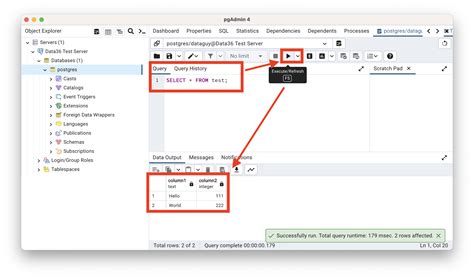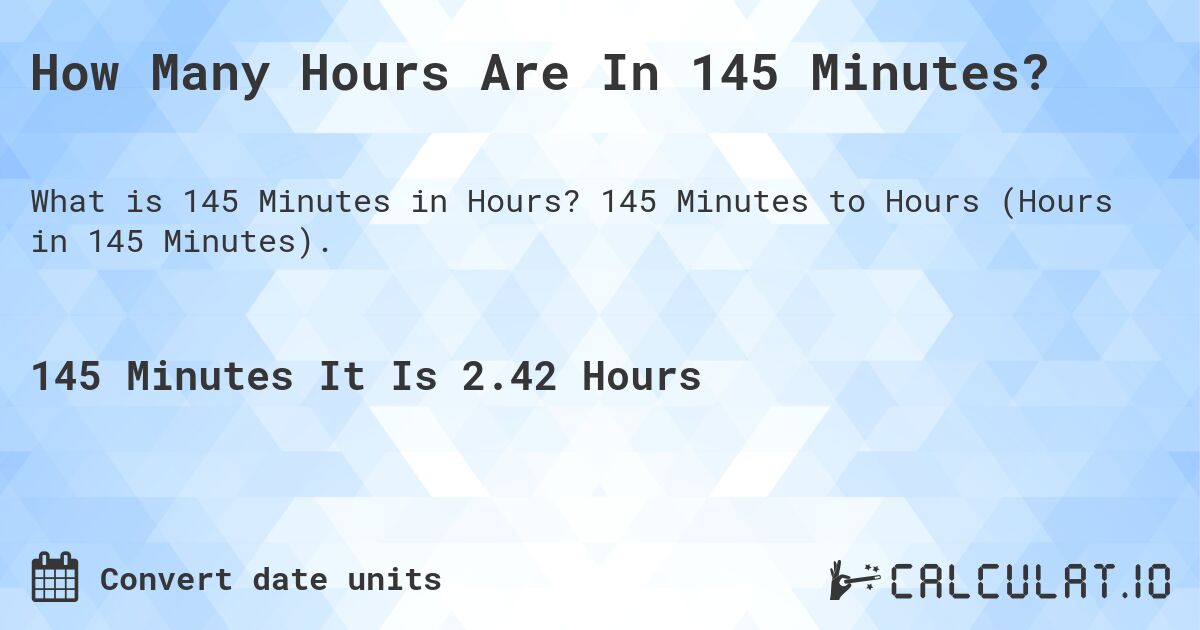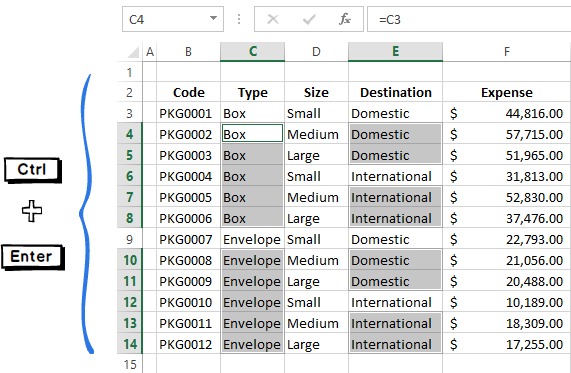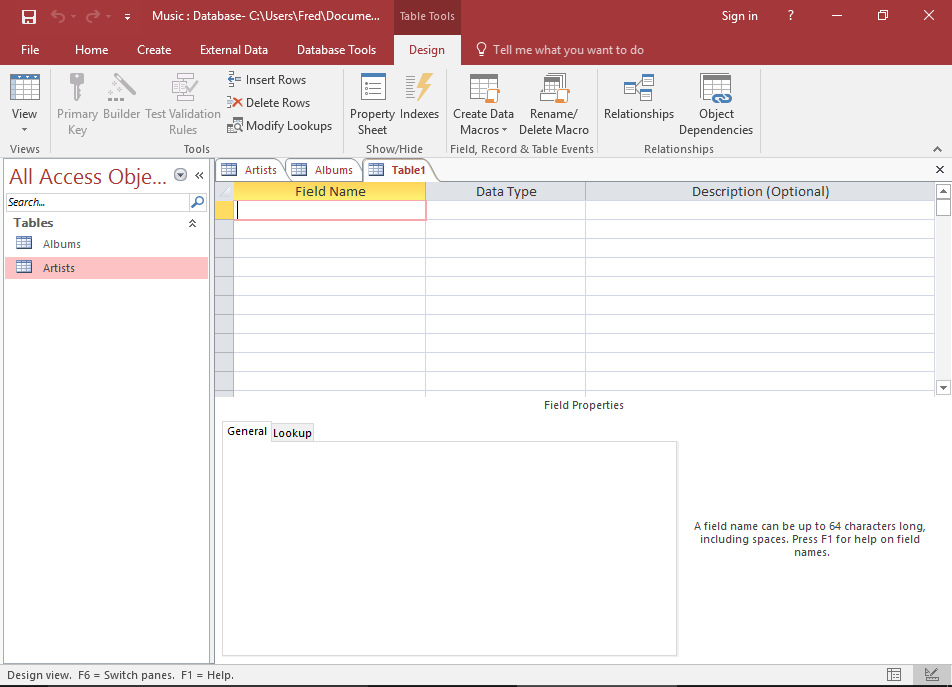Master the Art: Mass Commenting in PGAdmin SQL

Mass commenting is an essential practice for managing and maintaining large SQL databases, especially in enterprise-level environments. This comprehensive guide will delve into the art of efficiently commenting your SQL queries and scripts using pgAdmin, a popular open-source administration and development platform for PostgreSQL.
Understanding the Significance of Commenting in SQL

Commenting in SQL serves multiple crucial purposes. Firstly, it enhances code readability and documentation, making it easier for developers and administrators to understand the intent and functionality of various SQL components. This is especially beneficial when collaborating with a team or when working on complex projects with extensive codebases.
Secondly, comments play a vital role in maintaining and troubleshooting. They provide context and guidance for future modifications, helping developers avoid unintended consequences when updating or refactoring existing code. Additionally, well-placed comments can expedite debugging processes by pinpointing the source of issues.
The Power of pgAdmin: A Developer’s Companion

pgAdmin is a feature-rich tool that simplifies the management and development of PostgreSQL databases. Its intuitive interface and extensive functionality make it a preferred choice for professionals across various industries. One of its standout features is the ability to efficiently comment on SQL code, offering developers a seamless way to enhance code readability and maintainability.
By leveraging pgAdmin's commenting capabilities, developers can quickly add comments to individual SQL statements, functions, procedures, and even entire scripts. This not only improves code quality but also facilitates better collaboration and knowledge sharing within development teams.
Mastering Mass Commenting Techniques in pgAdmin
Mastering the art of mass commenting in pgAdmin involves understanding the various commenting methods and best practices. Here’s a comprehensive guide to help you navigate this process effectively:
Commenting Individual SQL Statements
To add comments to individual SQL statements, simply select the statement and use the keyboard shortcut Ctrl + Shift + C (or Command + Shift + C for Mac users). This will insert a comment block before the selected statement, allowing you to provide context or explain the purpose of the statement.
Commenting Functions and Procedures
For commenting on functions and procedures, navigate to the Functions or Procedures tab in pgAdmin and select the desired function or procedure. You can then use the Comment option in the context menu to add comments. This ensures that the comments are associated with the specific function or procedure, providing clarity and context for future references.
Commenting Entire SQL Scripts
To comment on entire SQL scripts, pgAdmin offers a convenient way to add comments at the beginning of the script. This is particularly useful for providing an overview of the script’s purpose, the changes it introduces, or any important notes related to its execution. To do this, select the script and use the Add Comment option in the context menu.
Utilizing Comment Templates
pgAdmin also supports the use of comment templates, which can be incredibly useful for standardizing commenting practices within a team or organization. Comment templates can be created and customized to include specific information, such as the author, date, and purpose of the comment. This ensures consistency and makes it easier for developers to quickly add comments that follow established guidelines.
Managing and Searching Comments
One of the standout features of pgAdmin’s commenting system is its ability to manage and search comments efficiently. Developers can easily locate comments by using the search functionality within the Comments tab. This is especially beneficial when working on large projects with extensive commenting, as it allows for quick reference and retrieval of important comments.
Best Practices for Effective Commenting
- Clarity and Conciseness: Aim for clear and concise comments that provide essential context without being overly verbose. Focus on explaining the why and how of the code, rather than simply describing what it does.
- Consistency: Maintain consistency in your commenting style and language. This ensures that comments are easily understood by all team members and facilitates better collaboration.
- Timely Updates: Keep comments up-to-date as the code evolves. Outdated comments can be misleading and counterproductive, so ensure that comments reflect the current state of the code.
- Contextual Information: Provide relevant contextual information in your comments, such as the purpose of the code, potential pitfalls, or any known issues. This helps other developers understand the code’s behavior and makes troubleshooting more efficient.
The Impact of Effective Commenting on Development
Implementing effective commenting practices in your SQL development workflow can bring about significant benefits. Firstly, it enhances code maintainability, making it easier to update and refactor existing code without introducing errors. Well-commented code also reduces the learning curve for new team members, allowing them to quickly grasp the codebase and become productive contributors.
Additionally, commenting plays a crucial role in knowledge retention. By providing clear explanations and context, comments ensure that the rationale behind certain code choices is not lost over time. This is especially valuable when working on long-term projects or when team members change frequently.
Conclusion: Elevating Your SQL Development with pgAdmin

pgAdmin offers a robust and user-friendly environment for commenting your SQL code, empowering developers to create maintainable, collaborative, and efficient databases. By mastering the art of mass commenting, you can ensure that your SQL code remains accessible, understandable, and well-documented, even as your projects scale and evolve.
Whether you're a seasoned SQL developer or just starting out, pgAdmin's commenting capabilities will undoubtedly enhance your development experience and contribute to the success of your PostgreSQL projects.
How do I customize comment templates in pgAdmin?
+To customize comment templates in pgAdmin, navigate to the “Options” menu, select “Templates,” and then choose “Comment Templates.” Here, you can edit existing templates or create new ones by specifying the template name, description, and the comment text itself. This allows you to standardize commenting practices and ensure consistent documentation across your SQL code.
Can I search for specific comments within my SQL scripts in pgAdmin?
+Absolutely! pgAdmin provides a powerful search functionality within the “Comments” tab. You can search for specific comments by keyword, author, or date, making it easy to locate and reference important comments within your SQL scripts. This feature is particularly useful for large projects with extensive commenting.
Are there any keyboard shortcuts for adding comments in pgAdmin?
+Yes, pgAdmin offers keyboard shortcuts for adding comments to SQL statements. On Windows and Linux, you can use Ctrl + Shift + C, while on Mac, the shortcut is Command + Shift + C. This quick and efficient commenting method allows you to insert comments without interrupting your coding flow.



